I bought this Voigtländer Bessa 46 in a job lot of 4 cameras, it wasn’t the one I bought the lot for and to be honest it looked the least promising of them all and I had taken no notice of it before bidding. Turned out it just needed decades of grime and some corrosion removing, then some lubrication and it was working. Like many folding cameras of this age if unused they seem to go into a sort of hibernation, provided they are kept dry and closed (and definitely not put ‘on display’) they are ready to wake up and work again once someone takes an interest in them. Somehow I can’t see my Canon EOS Digital doing the same for someone in the year 2110.
The Voigtländer Bessa 46 it turns out is a solid, compact, folding camera taking 6X4.5 cm negatives on 120 film, not much larger and no heavier than many 35mm cameras from the 1930’s and 40’s. A similar camera taking 6X6 cm negatives was also made, the Bessa 66. It appears production of the Bessa 46 was only from 1938 to 1940, the Bessa 66 was made again after the war, eventually morphing into the more familiar Perkeo range.

Prior to WW2 120 film was only marked for 6X9 cm negatives, most 6X4.5 cm cameras of the period having 2 red windows and using each of the 8 marked numbers twice. Leading to (for me at least) endless problems over which window and which number I should be on; am I on frame 9 with the number 5 in the left window or should that be frame 10 with number 5 in the right window? My confusion increasing with each photo. This camera has a roller measuring system that actually works well giving 16 fairly evenly spaced 6X4.5 images. When each new frame is in position it locks the winder and unlocks the shutter release, the action of taking a photo reversing the locks. All without having to look through any red window after the initial loading is complete.

It took me a while to work out the loading sequence, the only manual I could find being a bit unclear. First make sure there is ‘0’ showing on the top plate frame counter and the red window is open, then load the film. There are a pair of cradles for the spools which hinge out and make this easy. With the frame counter at zero the automatic film measuring and stop is disengaged so it is possible to keep winding until ‘1’ on the film backing appears in the red window. Then close the red window and move the small slider above it so that the frame counter on the top plate shows ‘1’ as well and the shutter release unlocks. Then it is all automatic, it measures the film and locks/unlocks the shutter release as required. After exposure 16 a zero appears again and the film can be freely wound to the end
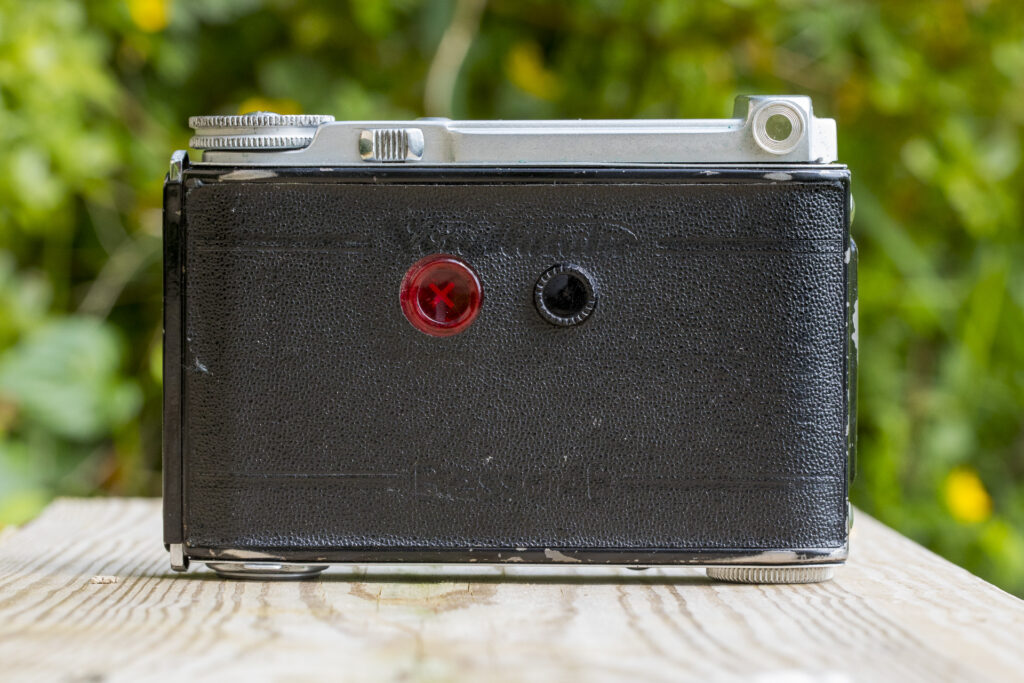
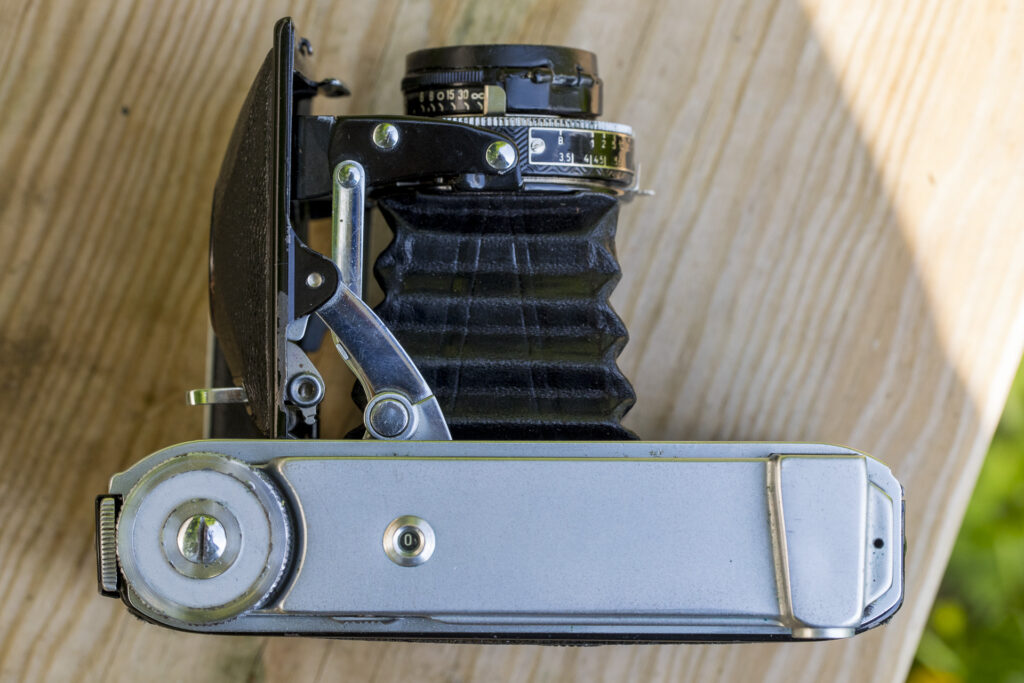
The shutter release is the lever on the front door, open the door and it pops out, close the door and it hides out of the way. Press it down and a mechanism apparently copied straight from the steam valve operation of a Boulton and Watt beam engine triggers the shutter. To begin with I found the shutter lever a bit of a issue, I don’t mind left-hand operation but it is a lever with nothing that pushes back against the downward press of a finger when I am holding the camera in a ‘normal’ way, leading to some wobbly pictures early on. To enable a steady release I now find I have developed a way of gripping the camera with the palm, thumb and first finger of my left hand that still allows a controlled press on the shutter lever. This because it isn’t a simple ‘click’ and the picture is taken. Tripping the release on a Compur shutter requires no effort at all, but with all the levers, sliders and gears that have to move within the Bessa 46 in order to trip the shutter and everything else that happens at the same time a lot of force is required.
The Bessa 46 had various options on shutters and lenses, all the lenses being 75mm f/3.5. My example has a deluxe optical finder, a Compur 300 shutter and…. a lens.
It doesn’t actually say what the lens is on this camera, it could be a Voigtar, a Heliar or a Skopar, all of which were options. In most other examples I have seen the lens name is engraved on the front of the focus ring, behind the folding yellow filter. But whichever lens it is they are all German and end in ar, so it must be good.
The ‘Moment’ hinged yellow filter defines these pre-war Bessa 46’s, though many have it missing, perhaps broken off, or removed after damage or because the photographer started using colour film. Before I cleaned the glass it was nearly opaque, to my surprise it cleaned fine and is hardly even marked. I use it all the time, not necessarily because I want to, just that I never remember that it is there. Fortunately pale yellow requires little or no exposure compensation.
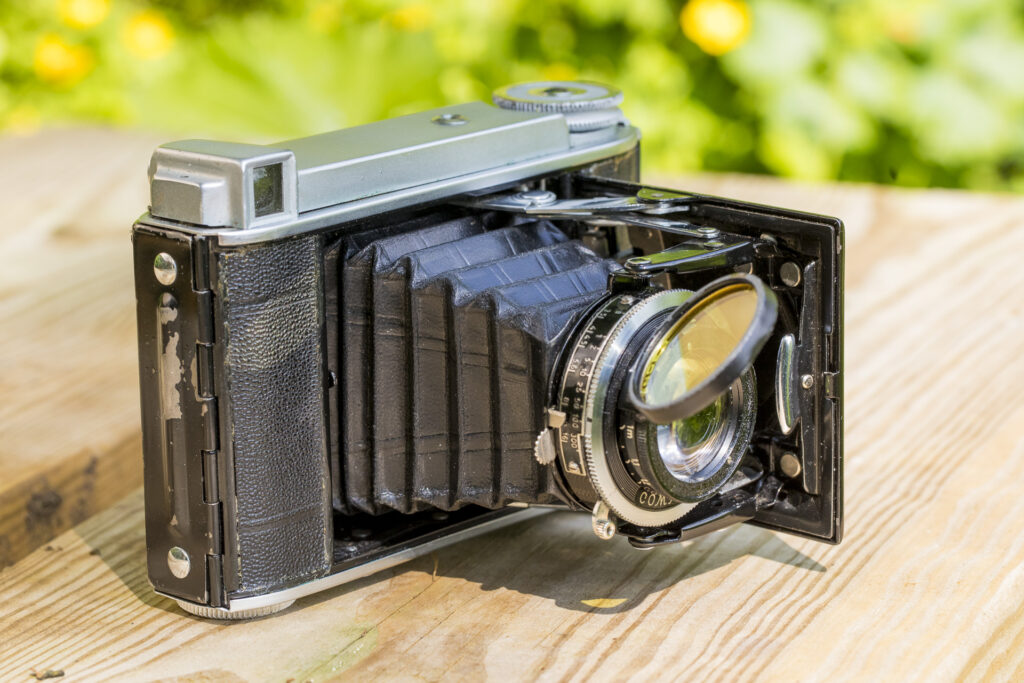
I am puzzled that despite all the complicated engineering contained within there is an obvious omission; no rangefinder. So who was the Bessa 46 aimed at? It does seem a bit odd that Voigtländer designed a way to get around winding-on issues, double exposures and missed frames with 120 film, but left the camera with scale focussing. When I fail I tend to fail completely, leaving any reminder of focussing out of the safety features doesn’t help. Which leads me to the viewfinder position; it’s on the right. Every other viewfinder/rangefinder camera I have used has it on the left or in the centre. So generally on the occasions when I remember to allow for parallax error on close focussing the actual image about to be taken is either down a bit or down and to the right, only with this camera it isn’t and it ends up with me frying my brain trying to imagine where the camera is actually looking.
I have been using this camera quite a bit even though I had bought a Zeiss Ikonta 520 to use as a pocket-size 120 camera. I prefer the more conventional folder layout of the Zeiss with the shutter release on the lens mount, but it has the dreaded 2 red windows and no shutter lock or reminder if the current frame has been exposed. The Voigtländer lens is sharp and largely free from distortion so even though the Zeiss has a Tessar lens and a Compur-Rapid shutter I am quite drawn to the Bessa 46, despite it being a camera I wouldn’t normally have looked at.
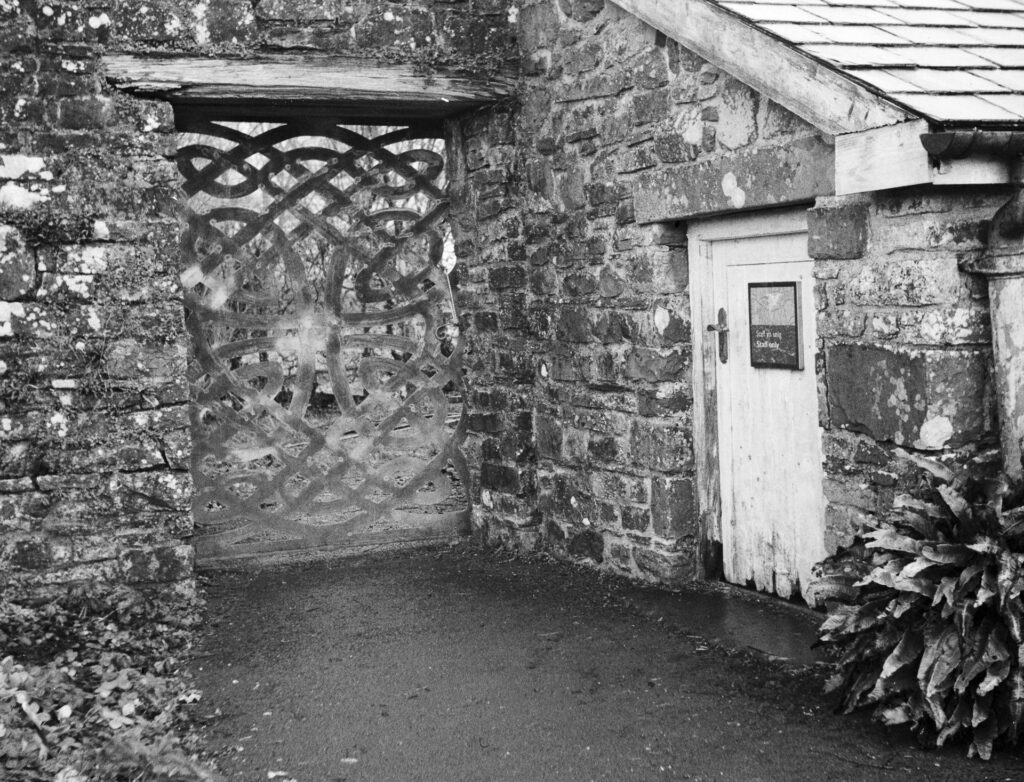
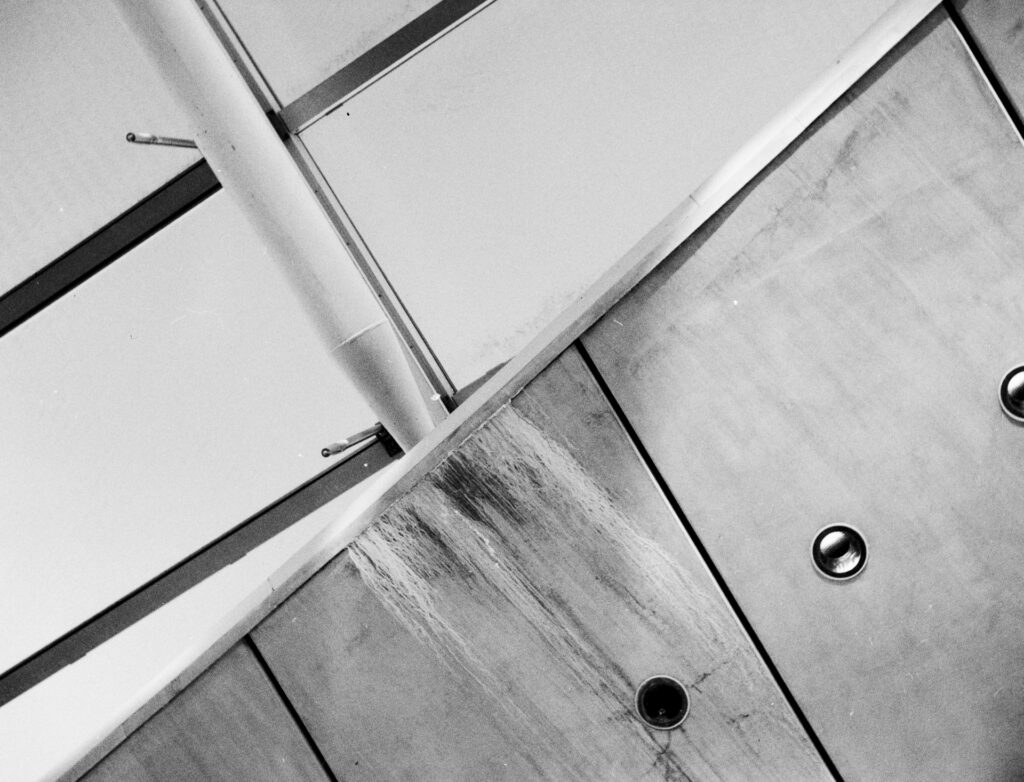
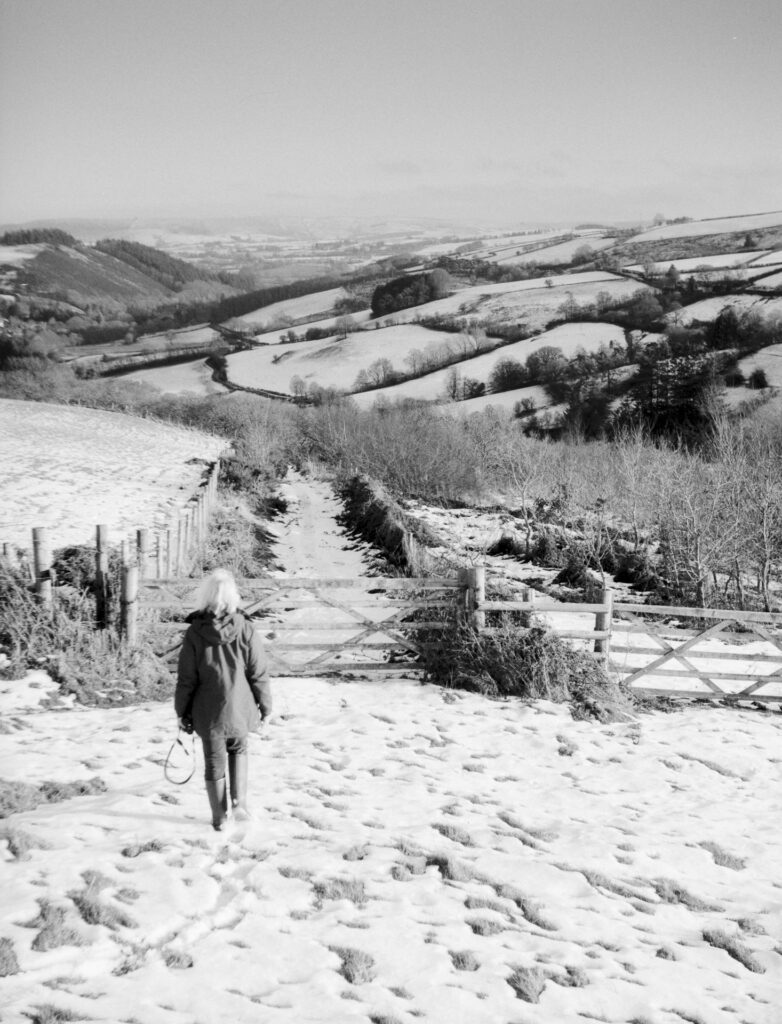
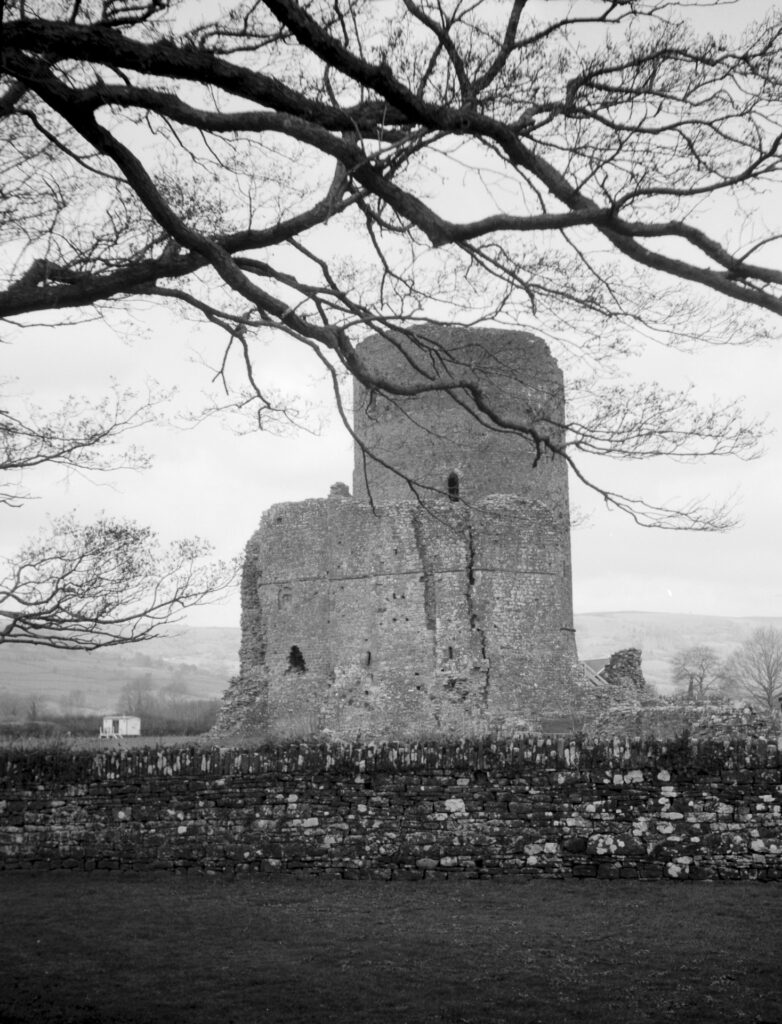
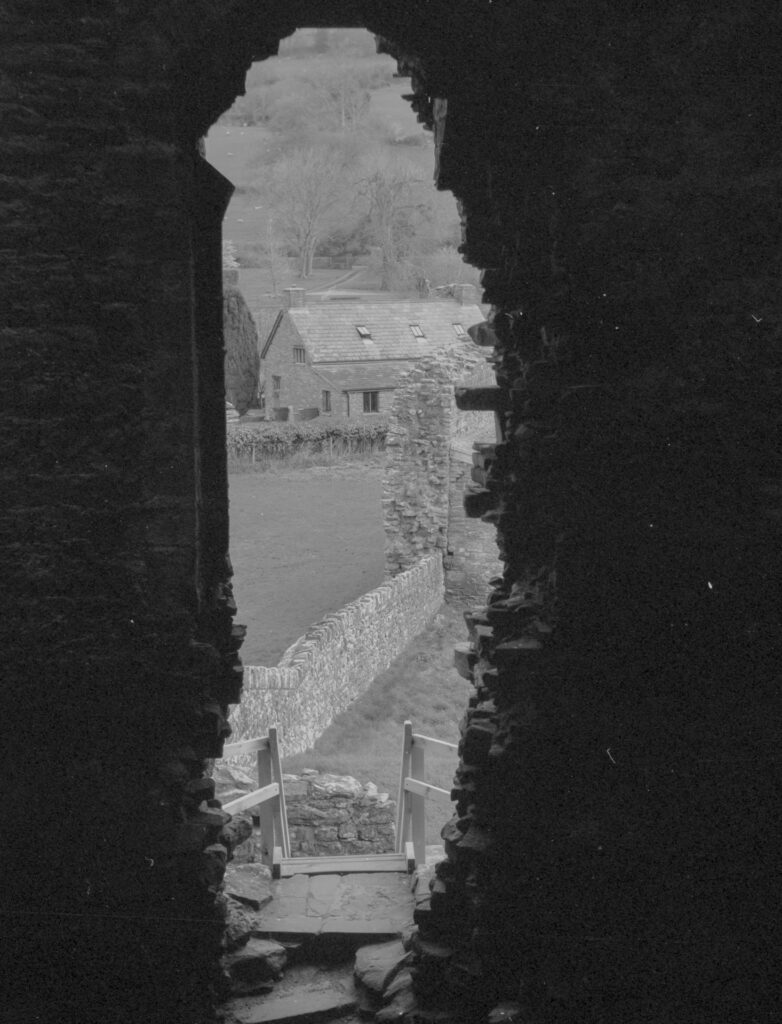
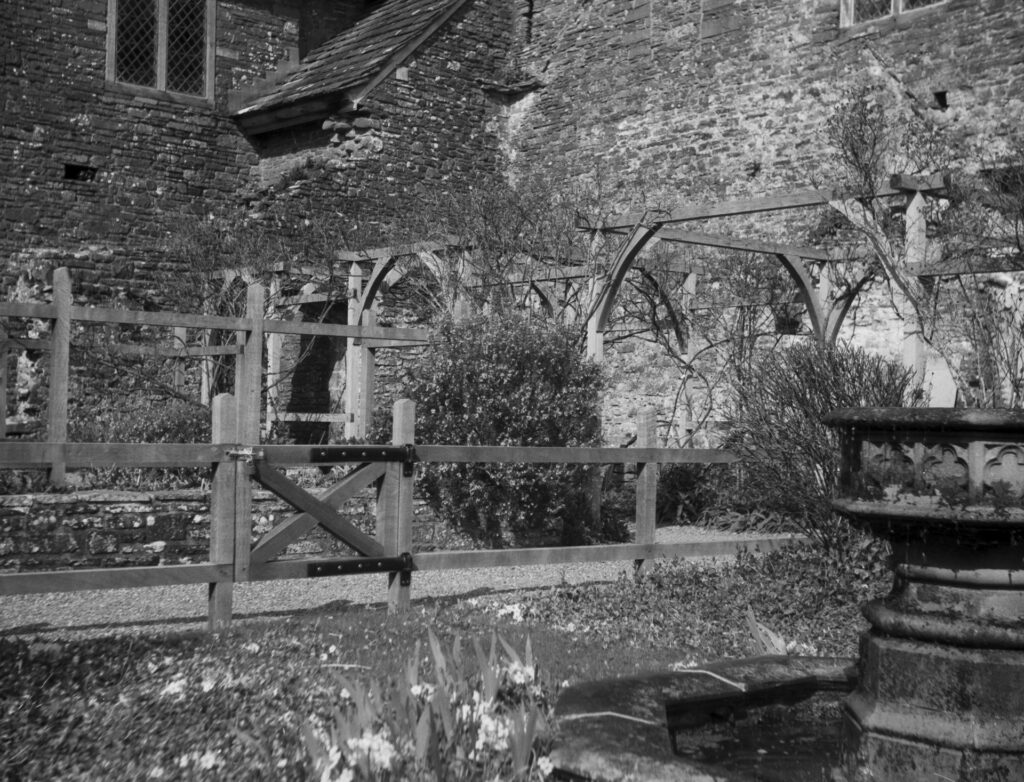
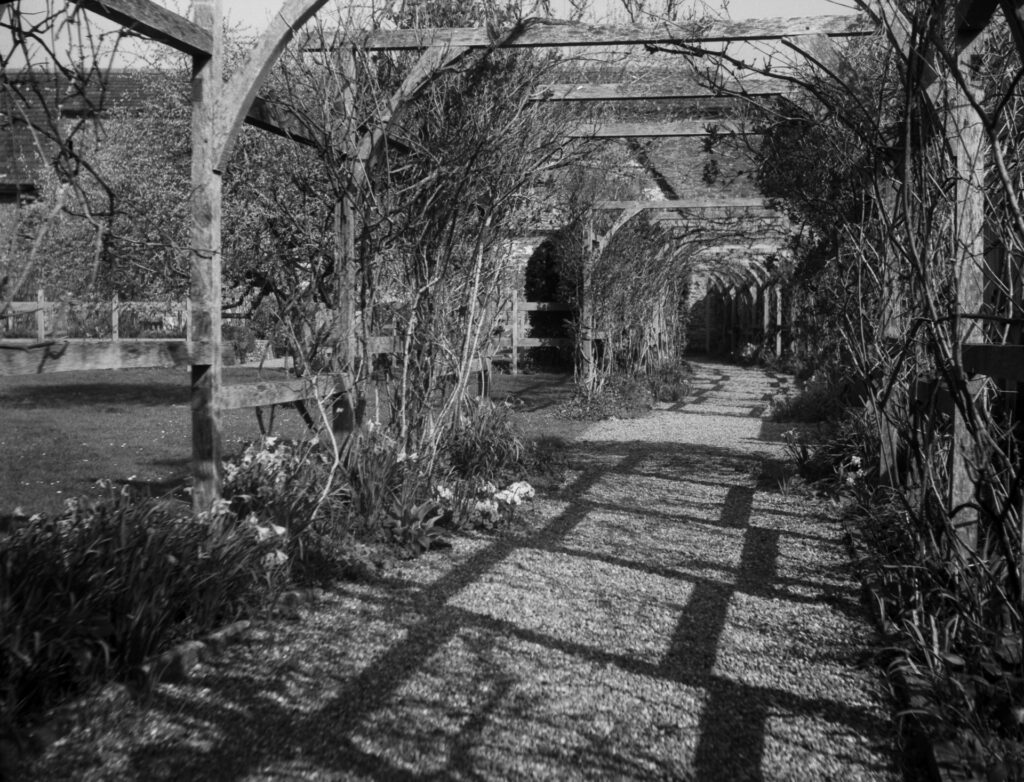

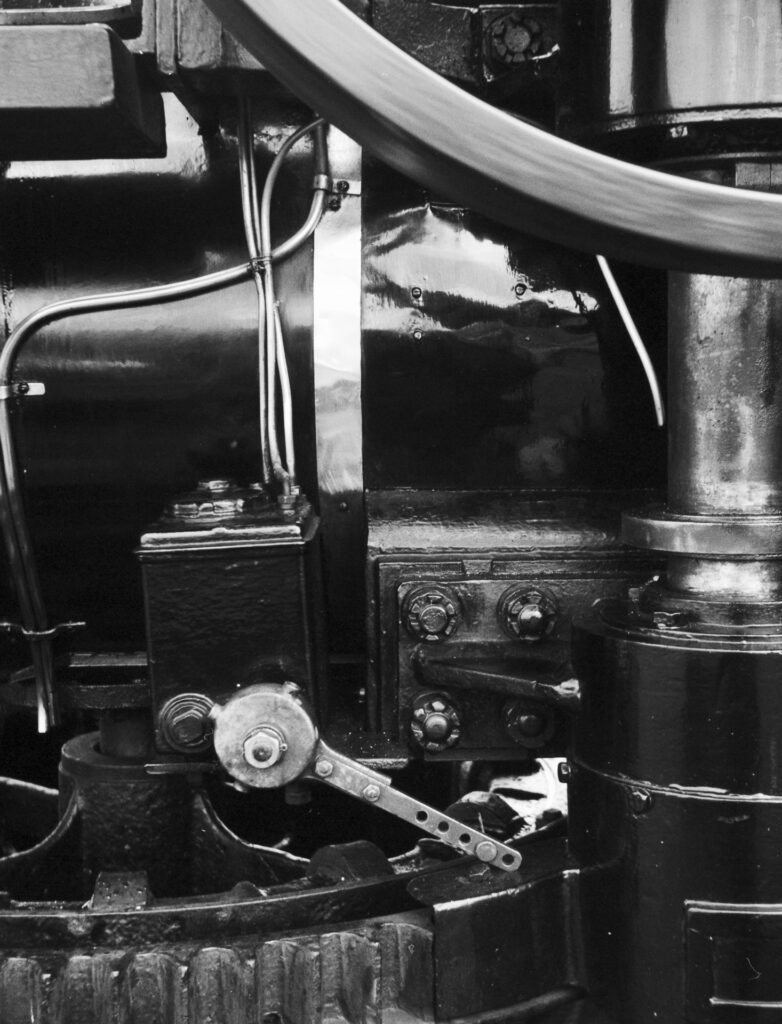
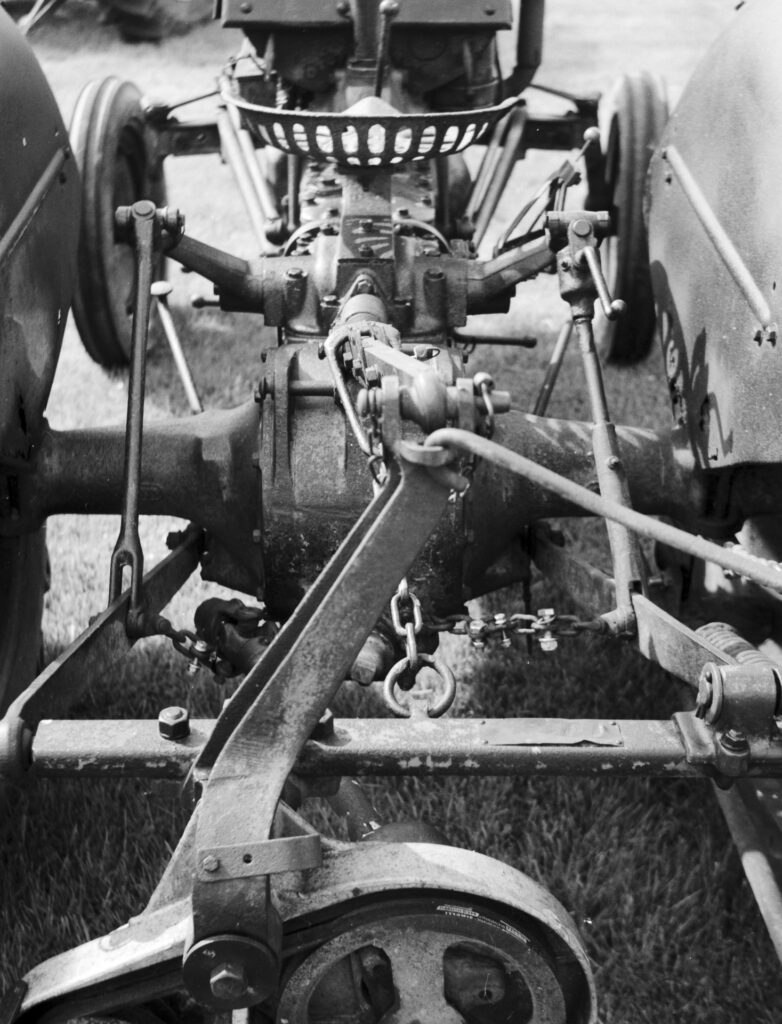
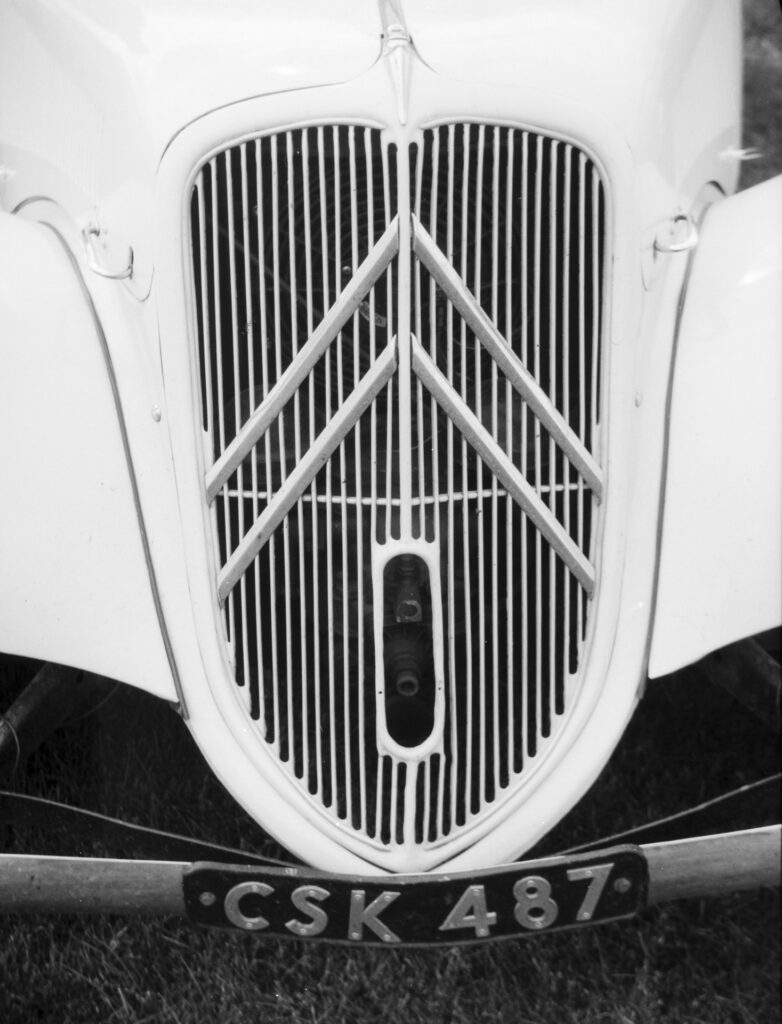

Share this post:
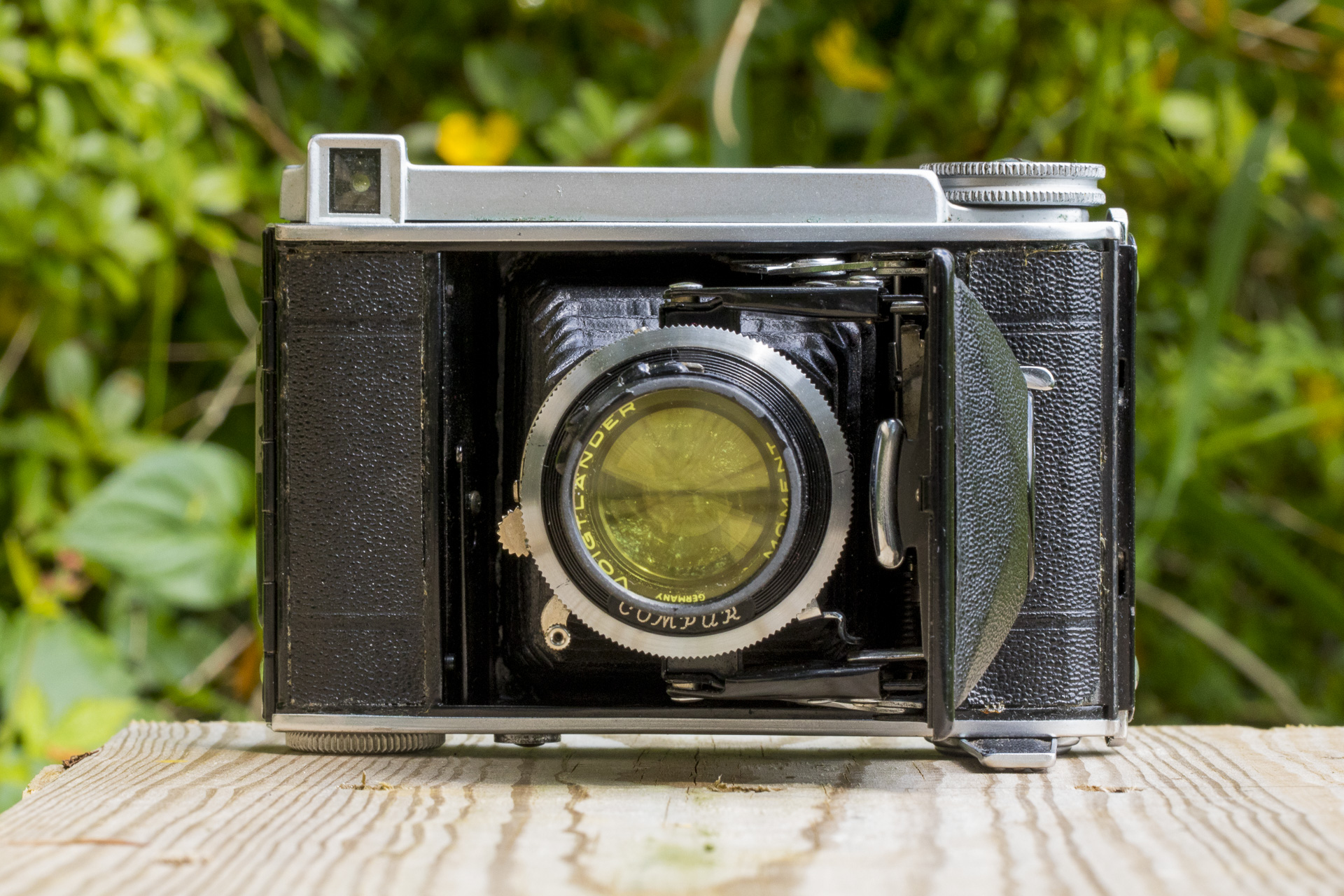
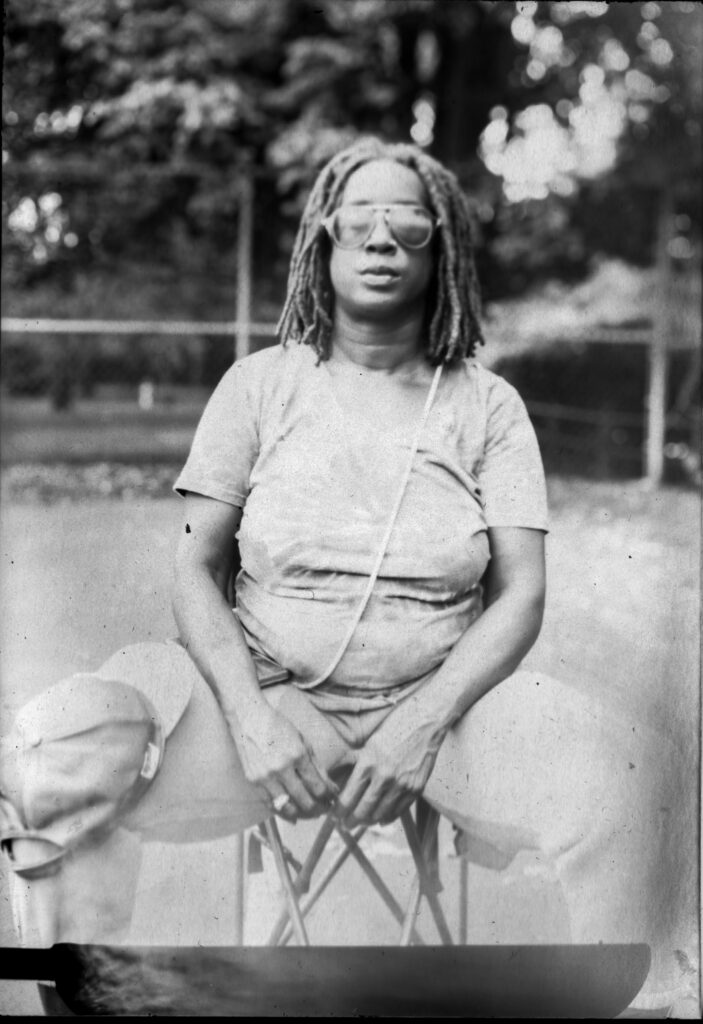
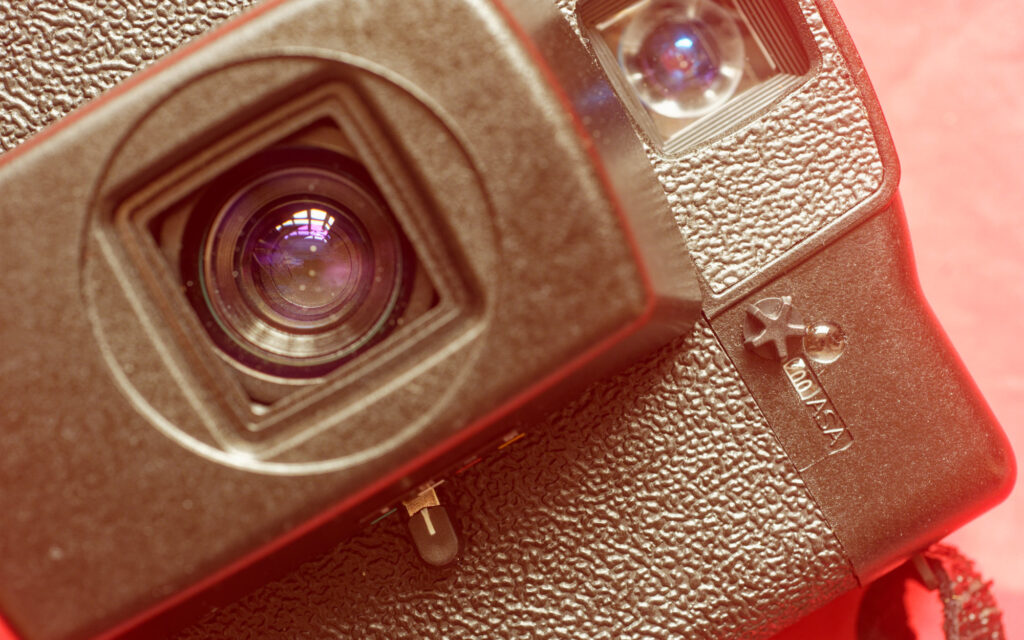
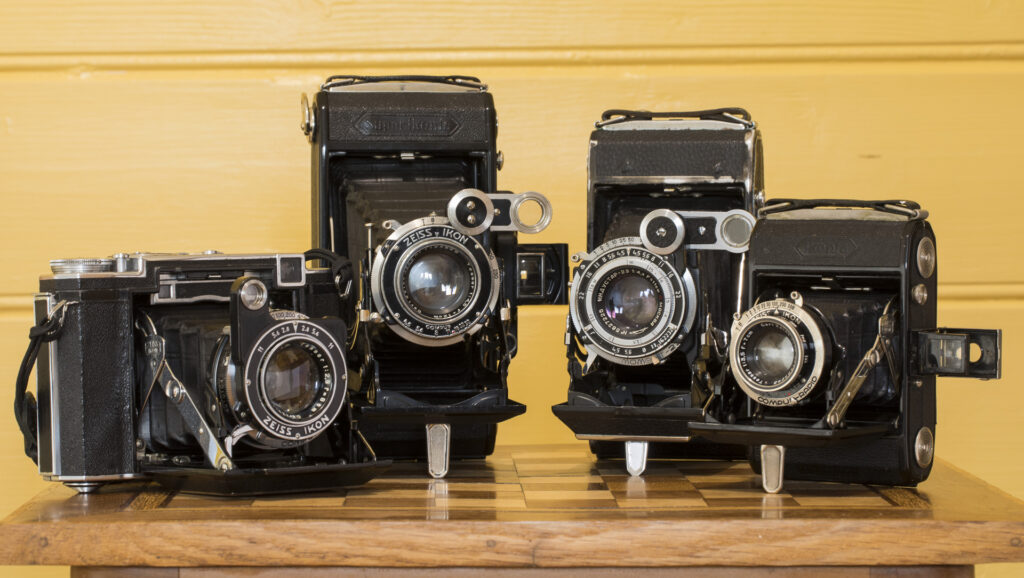
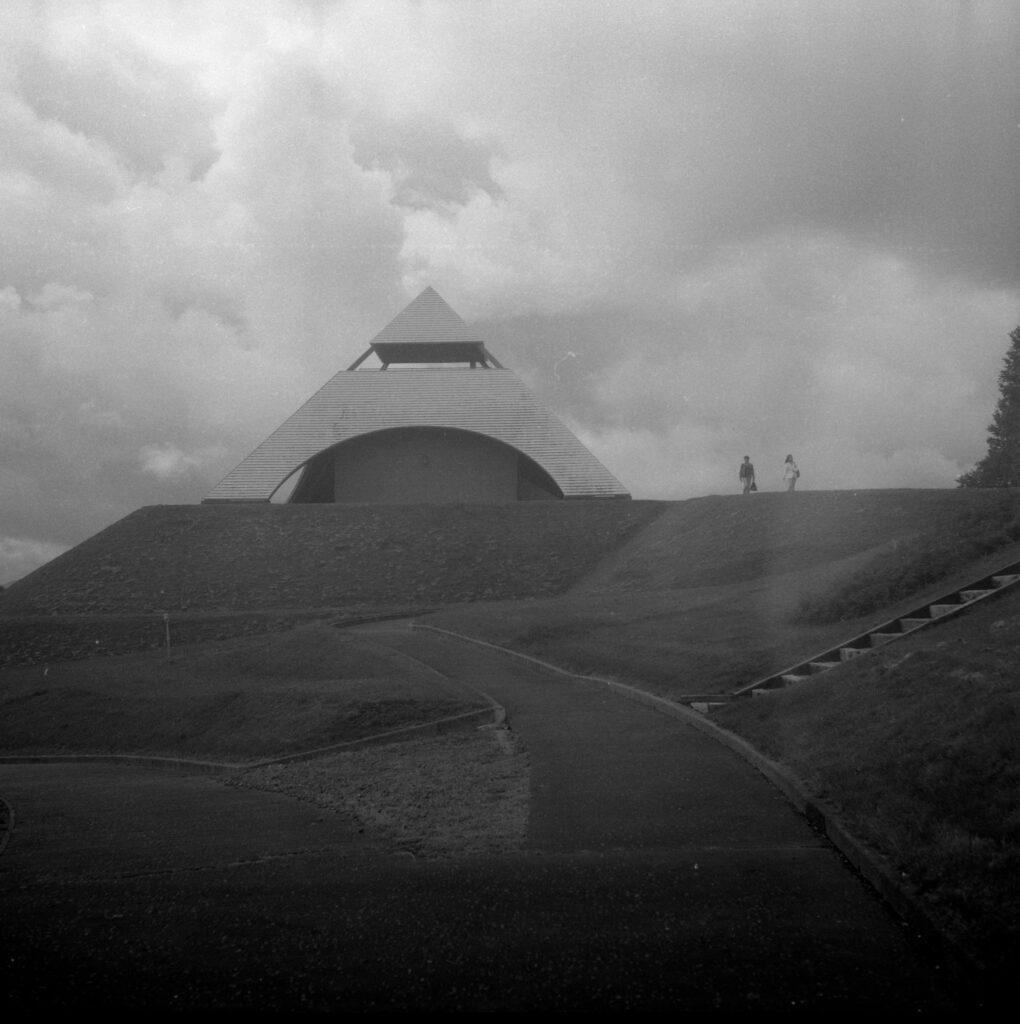
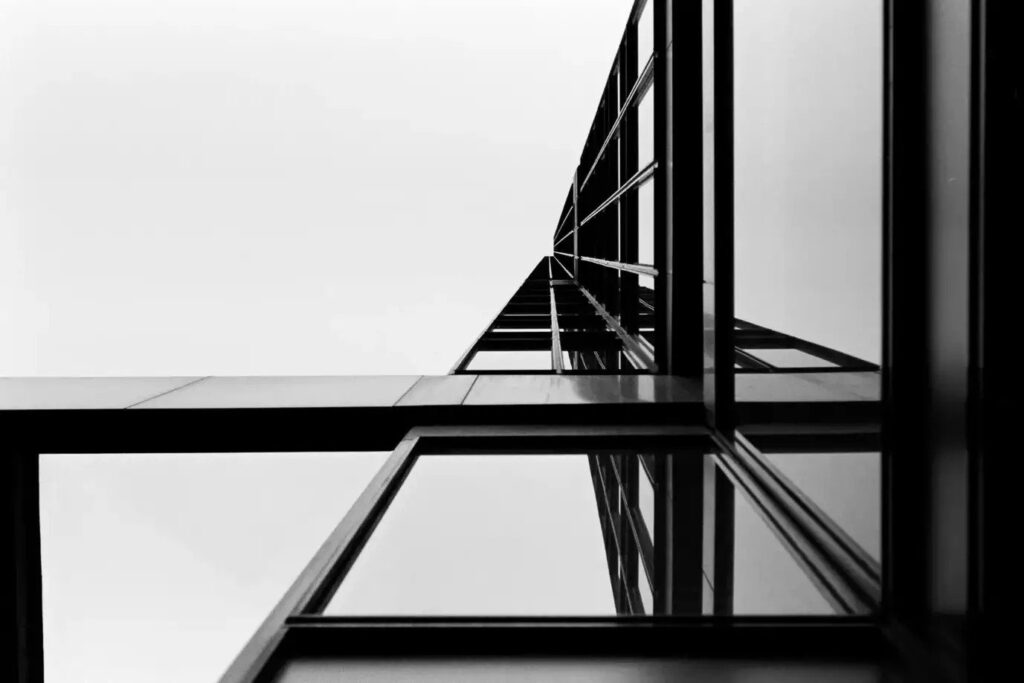


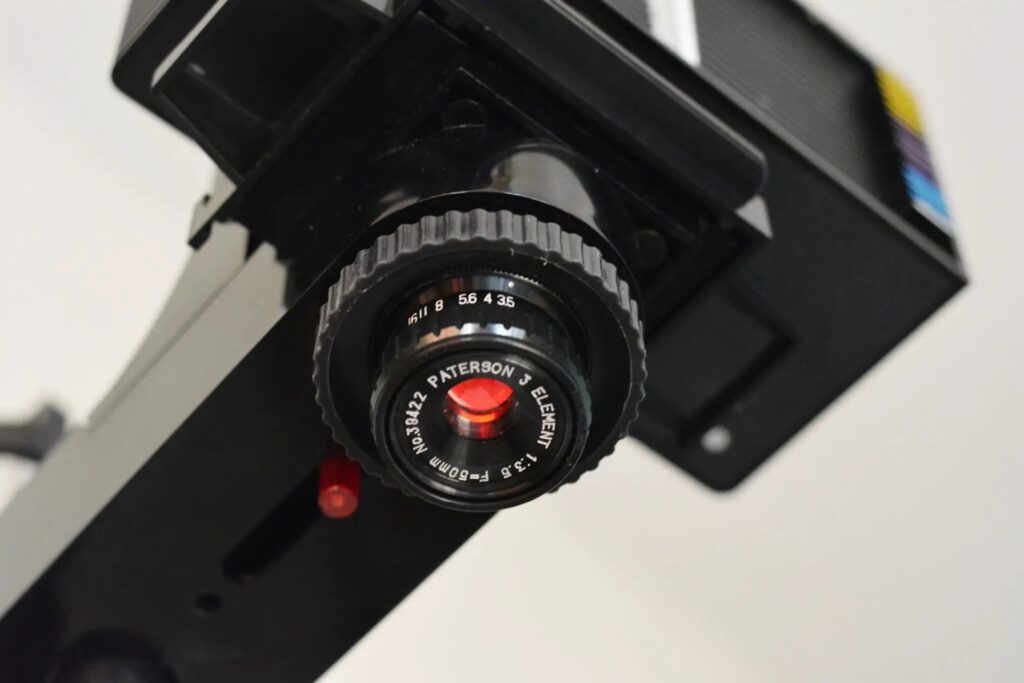
Comments
thorsten on Voigtländer Bessa 46 – It’s Quite Good Actually.
Comment posted: 18/08/2025
Comment posted: 18/08/2025
Comment posted: 18/08/2025
Comment posted: 18/08/2025
Comment posted: 18/08/2025
Martin on Voigtländer Bessa 46 – It’s Quite Good Actually.
Comment posted: 18/08/2025
The clever thing about the film stopping mechanism is that it is on the supply side. No need for compensation for spool getting thicker with winding on.
It's a nice camera, even if I struggle with the small digits on everything (but that goes for most cameras, nowadays)
Comment posted: 18/08/2025
Bob Morgans on Voigtländer Bessa 46 – It’s Quite Good Actually.
Comment posted: 18/08/2025
Nice photos
Comment posted: 18/08/2025
Stephen Scarlett on Voigtländer Bessa 46 – It’s Quite Good Actually.
Comment posted: 18/08/2025
The Moment filter on mine was long gone (as many are ) but it is easy enough to use a tiny bit of Blu-Tak to fix on a yellow or orange of the correct size .
Nice shots.
Comment posted: 18/08/2025
Comment posted: 18/08/2025
Gary Smith on Voigtländer Bessa 46 – It’s Quite Good Actually.
Comment posted: 18/08/2025
Thanks for you example shots from the Bessa - they look great!
Comment posted: 18/08/2025
Jeffery Luhn on Voigtländer Bessa 46 – It’s Quite Good Actually.
Comment posted: 18/08/2025
Thanks for an excellent read and fine photos. I have several Zeiss folders, but none are 6.45. These days with Ilford HP5 and a host of good developers, 6.45 is plenty of film real estate for sharp 8x10s. Your images look very nice. My favorite is the person walking down a snowy trail. How are the corners as far as sharpness? I'm assuming the lens is a triplet from the comments. Are you processing and printing yourself?
Jeffery
Comment posted: 18/08/2025
Tony Warren on Voigtländer Bessa 46 – It’s Quite Good Actually.
Comment posted: 18/08/2025
The Goddess Citoens are my motoring equivalent to Voigtländer. The garage I have my Leaf wipers checked over each year has a SM permanently on a hoist with something underneath it. The engine is out but it allows you to look at the underpinnings - those simple little spheres that do so much work for example - genius.
Comment posted: 18/08/2025
Comment posted: 18/08/2025